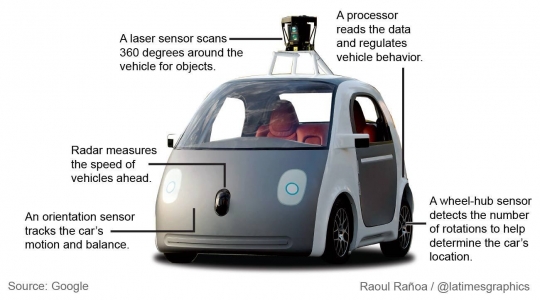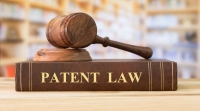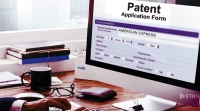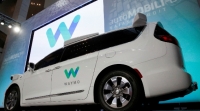
Here we see how the driverless car’s sensors identify the cyclist and his intent to turn right. (U.S.. Patent-und Markenamt)
A year ago, Google made an impressive announcement. Its self-driving cars were capable of interpreting the hand signals of cyclists.
Google didn’t offer much detail then on how this system worked, but a patent issued to the tech giant in April gibt einen Einblick in, wie es plant, maschinelles Lernen zu nutzen selbstfahrenden Autos eine Realität auf den Straßen der Stadt zu machen.
The patent describes using a combination of sensors — a camera, LIDAR and RADAR — to collect a mountain of data on the environment surrounding the car. From this data, Google-Algorithmen kann bestimmen, ob ein Radfahrer vorhanden ist, and then identify parts of his or her body. Once Google has identified a cyclist’s hands and arms, it can recognize signals and act accordingly. So if a cyclist sticks out his or her arm to indicate a left turn, Google can recognize the motion and adjust the car’s speed or direction as necessary.
First, das Auto hat es zu tun mit einem Radfahrer und nicht etwas zu wissen, sonst. Google sagt, es könnte untersuchen, wie die Höhe der Potential Radfahrer vergleicht mit der durchschnittlichen Höhe der Radfahrer zuvor begegnet ist. If the distance between the top of your head and the pavement is in a certain range, Sie fahren wahrscheinlich ein Fahrrad. Es kann auch Höhen von potentiellen Radfahrer analysieren, wenn sie an der Ampel und spreizt ihre Fahrräder angehalten sind.
To determine whether a cyclist is turning instead of stopping, Google computers could compare the distance between the cyclist’s hand and head. A shorter distance between indicates a turn, whereas a longer distance probably indicates slowing or stopping. (This is a product of the hand signals most cyclists use.)

Google’s computers can track a cyclist’s arm and conclude the cyclist wants to turn left because of the distance between one’s hand and head. (Wikipedia)
Das Patent sagt Google kann auch den Winkel betrachten, an dem Ellenbogen des Radfahrers ist Biege, and the size and shape of the cyclist’s hands, arms and head.
All of the data gathered may be used to help Google’s self-driving cars perform better. With an unprecedented amount of data, Google could use its processing power to develop a highly nuanced understanding of what’s happening on our roads. The patent says Google may even start to distinguish between scooters, mopeds, motorcycles and bicycles.
The patent is written in a vague and broad way, offen lassen viele Möglichkeiten für genau, wie selbstfahrenden Autos von Google könnte funktionieren. But one thing is certain: It’s betting on machine learning and big data to take human drivers off the road, and keep cyclists safe.
Quelle: washingtonpost.com












